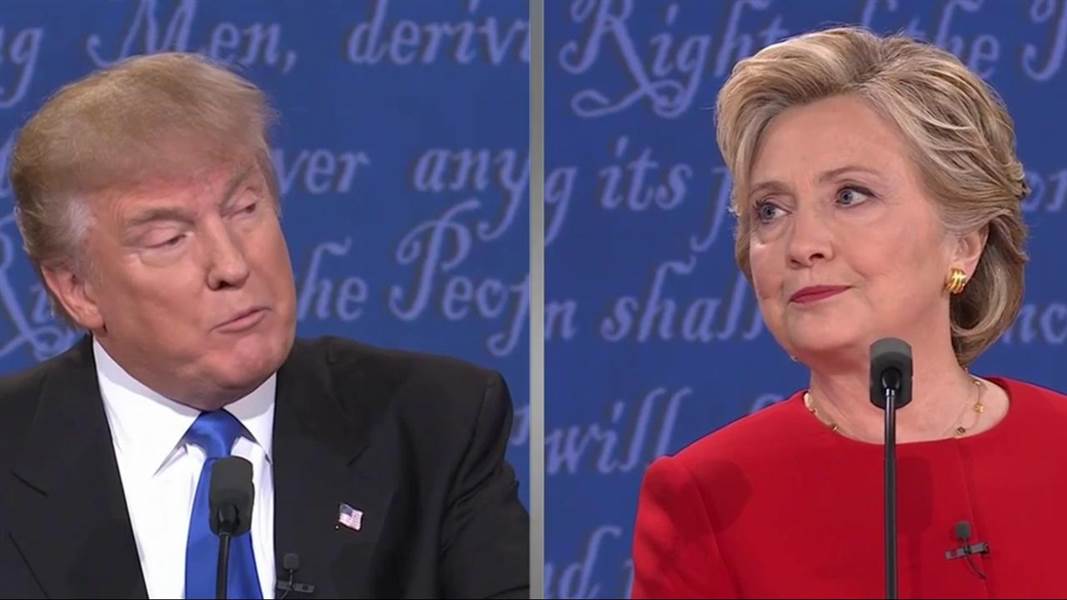How misogyny shaped the election

Although Hillary Clinton was the first female presidential nominee of a major party in the entirety of U.S. history, I keep seeing the suggestion that gender wound up playing no role in the 2016 election. The evidence cited for such a claim usually includes the fact that more white women voted for Donald Trump than for Hillary Clinton. But in a fantastic piece for Vox called "Why misogyny won", Emily Crockett takes a detailed look at the ways in which both men and women can be influenced by sexism.
Crockett writes:
To understand how sexism played into Trump's victory, first you have to understand that there are two basic types of sexism-"hostile" and "benevolent"-and how they work together.
If you have some "hostile" sexist attitudes, you might mistrust women's motives and see gender relations as a zero-sum battle between male and female dominance. You might agree with statements like, "Many women get a kick out of teasing men by seeming sexually available and then refusing male advances," or "Most women interpret innocent remarks or acts as being sexist."
If you have some "benevolent" sexist attitudes, you might endorse positive-but still patronizing-stereotypes of women. You might agree with statements like, "Women should be cherished and protected by men," or "Women, compared to men, tend to have a superior moral sensibility."
Crockett notes that while the two ideas might seem "diametrically opposed to one another," they are actually "two sides of the same coin" and many people hold both at once. For instance a man can wear a "Trump That Bitch" shirt while also proudly announcing how much he cherishes his wife and daughter. The system operates by elevating "good" women, who fulfill traditional gender roles, against "bad" women, who don't. And women are just as capable of buying into this line of thinking as men.
Crockett explains:
"Trump's strategy was to ramp up anxiety about a dark, dangerous world," [Peter Glick, professor of psychology and social sciences at Lawrence University] said. "When women are under threat, their benevolent sexism scores go up."
Specifically, he said, showing women survey data about men's hostile sexism makes women more likely to endorse benevolent sexism out of psychological self-defense. It may be ironic to turn to men for protection from male hostility, but it's how the cycle works.
This also helps explain why so many women hold sexist biases against women, Glick said. If women themselves enforce gender norms and punish deviants, it reinforces the social order that guarantees them protection. And it separates them from the "bad" women who are deemed unworthy of that protection.
But that protection can still come with a cost, Glick said-which is also where sexist stereotypes about men factor in. The idea that men have to be providers and protectors, Glick said, goes hand in hand with the "boys will be boys" attitude that's often used to excuse men's bad behavior.
"Men are bad but bold. That's the stereotype," Glick said. "He's not a very good protector if he can't beat up on other men."
Glick said that Trump's more positive masculine traits - boldness, change, willingness to defy tradition - may be seen as inextricably linked with his more negative ones, like his boorishness and cruelty. Trump may not be a nice guy, the thinking goes, and we may not like some of the things he says. But that just comes with the territory if you want a strong male leader.
Crockett's piece goes much more in-depth on the issue and is a must-read in its entirety. You can find the full article on Vox. And you can find more of my thoughts on how sexism shaped Clinton's public persona right here.